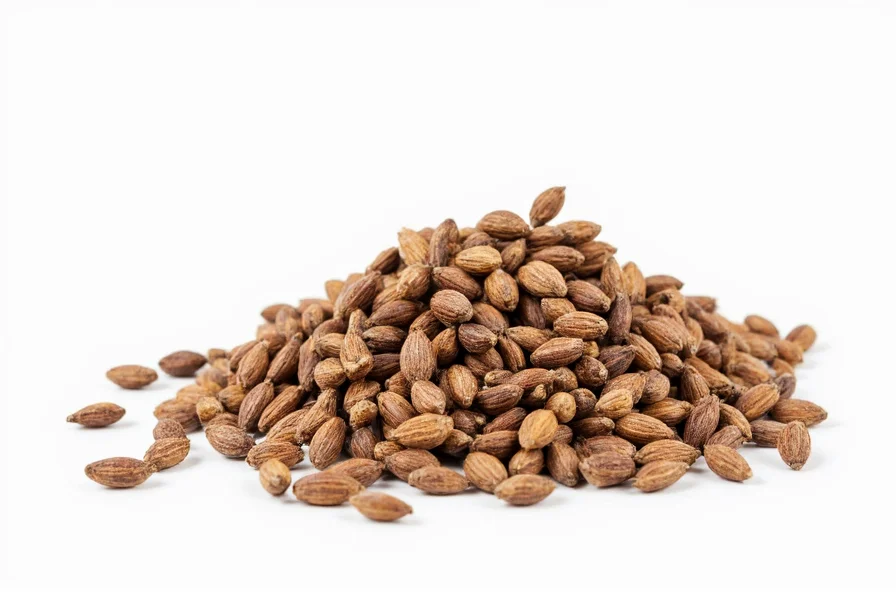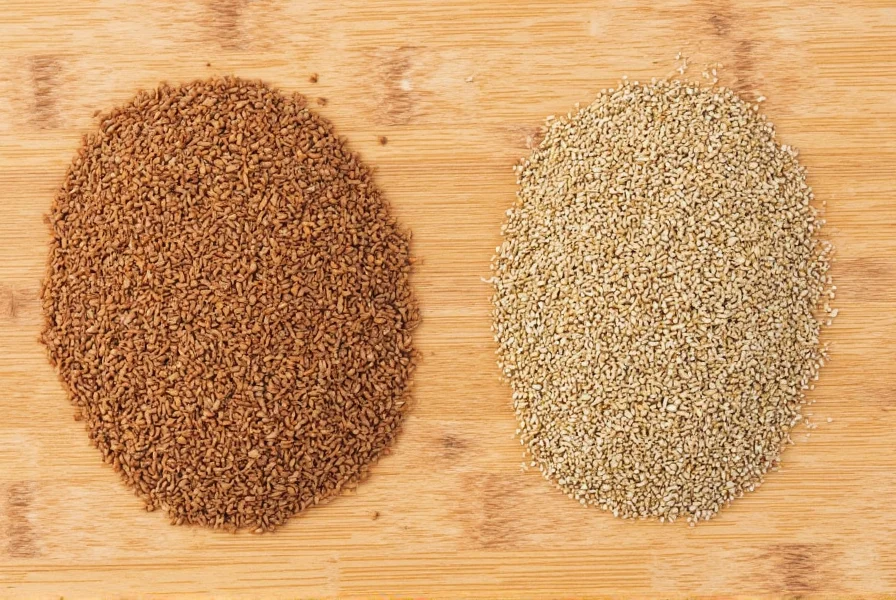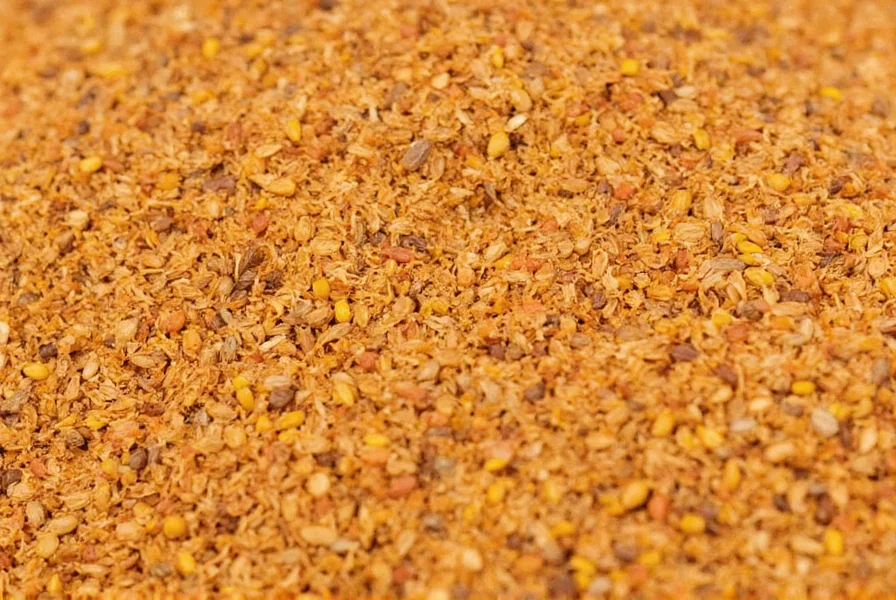Understanding the cumin definition goes beyond a simple botanical description. This ancient spice has shaped culinary traditions across continents for thousands of years. As one of the world's most widely used spices, cumin plays a vital role in Middle Eastern, Indian, Mexican, and North African cuisines.
Botanical Classification and Origins
Cumin belongs to the parsley family (Apiaceae) and grows as a small annual herb reaching 30-50 cm in height. The plant produces slender stems with feathery leaves and small white or pink flowers that develop into crescent-shaped seeds containing a single oil-rich fruit.
Archaeological evidence traces cumin's use back to ancient Egypt, where it featured in both culinary and embalming practices. Historical records show its prominence in Greek and Roman cuisines before spreading through trade routes to Asia and eventually the Americas.

Physical Characteristics of Cumin Seeds
Cumin seeds measure approximately 3-6 mm long and 1-1.5 mm thick, with a longitudinal ridge pattern running down their curved surface. When whole, they maintain a warm brown color that darkens when toasted. The seeds contain 3-5% essential oil, primarily composed of cuminaldehyde, which gives cumin its characteristic aroma.
| Characteristic | Whole Cumin Seeds | Ground Cumin |
|---|---|---|
| Color | Tan to medium brown | Rich reddish-brown |
| Shelf Life | 3-4 years | 6-12 months |
| Flavor Intensity | Milder, requires toasting | Immediately potent |
| Best Storage | Airtight container, cool dark place | Refrigerated, airtight container |
Flavor Profile and Culinary Applications
The cumin flavor profile features earthy, warm notes with subtle bitterness and citrus undertones. When toasted properly, it develops nutty, almost smoky characteristics that enhance savory dishes without overpowering other ingredients.
Chefs worldwide rely on cumin for specific culinary applications:
- Middle Eastern cuisine: Essential in falafel, hummus, and baharat spice blends
- Indian cooking: Foundational in garam masala and curry powders
- Mexican dishes: Key component in chili powder and taco seasoning
- Mediterranean recipes: Features prominently in harissa and ras el hanout
Professional cooks recommend toasting whole cumin seeds in a dry pan for 1-2 minutes until fragrant before grinding. This process activates the essential oils, significantly enhancing the spice's aromatic complexity—a technique often overlooked in how to use cumin in cooking for beginners.
Cumin vs. Similar Spices
Many confuse cumin with caraway due to their visual similarity, but the difference between cumin and caraway is significant:
- Cumin: Earthy, warm, slightly bitter with citrus notes; used in global savory dishes
- Caraway: Sweet, anise-like flavor with subtle pepper notes; common in European breads and rye products
- Fennel seeds: Distinct licorice flavor; often used in Italian sausages and Mediterranean fish dishes
Understanding these distinctions proves crucial when following recipes that specify particular spices. Substituting caraway for cumin dramatically alters a dish's flavor profile, which many home cooks discover when searching for what is cumin spice clarification.
Nutritional Properties and Storage Recommendations
Beyond its culinary value, cumin offers notable nutritional benefits. Two teaspoons (5g) of ground cumin provide:
- 36% of the daily iron requirement
- Significant manganese content
- Moderate calcium and magnesium
- Antioxidants including terpenes and phenols
Proper storage maintains cumin's potency. Whole seeds retain flavor significantly longer than ground cumin. Store in an airtight container away from light and heat. For extended freshness, refrigerate ground cumin—this practice addresses common concerns about cumin shelf life that many cooks search for.

Global Production and Economic Importance
India dominates global cumin production, accounting for approximately 60% of worldwide output. Other major producers include Iran, Syria, Turkey, and Mexico. The spice trade remains economically significant for these regions, with cumin ranking among the top ten most traded spices globally.
Commercial growers harvest cumin when the plant's stems turn brown and the seeds reach maturity. The entire plant gets cut, dried, and threshed to separate the valuable seeds—a process unchanged for centuries despite modern agricultural advancements.
Frequently Asked Questions
What is the scientific name for cumin?
The scientific name for cumin is Cuminum cyminum. It belongs to the Apiaceae family, which also includes parsley, caraway, and dill.
How does cumin differ from ground cumin?
Cumin refers to the whole seeds, while ground cumin is the powdered form. Whole seeds maintain flavor longer (3-4 years vs 6-12 months) and require toasting before use to maximize flavor, whereas ground cumin offers immediate potency but loses aromatic compounds more quickly.
Can cumin seeds be substituted for ground cumin?
Yes, but with adjustments. Use 1 teaspoon whole cumin seeds to replace ¾ teaspoon ground cumin. Toast the seeds first in a dry pan for 1-2 minutes until fragrant, then grind them using a spice grinder or mortar and pestle for best results.
Is cumin safe for everyone to consume?
Cumin is generally safe when consumed in typical culinary amounts. However, those with allergies to plants in the Apiaceae family should exercise caution. Consuming extremely large quantities may cause digestive discomfort in sensitive individuals.
What gives cumin its distinctive flavor?
Cumin's unique flavor comes primarily from cuminaldehyde (40-50% of its essential oil content), along with other compounds including cymene, terpenes, and alcohols. These compounds create its characteristic earthy, warm profile with citrus undertones.











 浙公网安备
33010002000092号
浙公网安备
33010002000092号 浙B2-20120091-4
浙B2-20120091-4